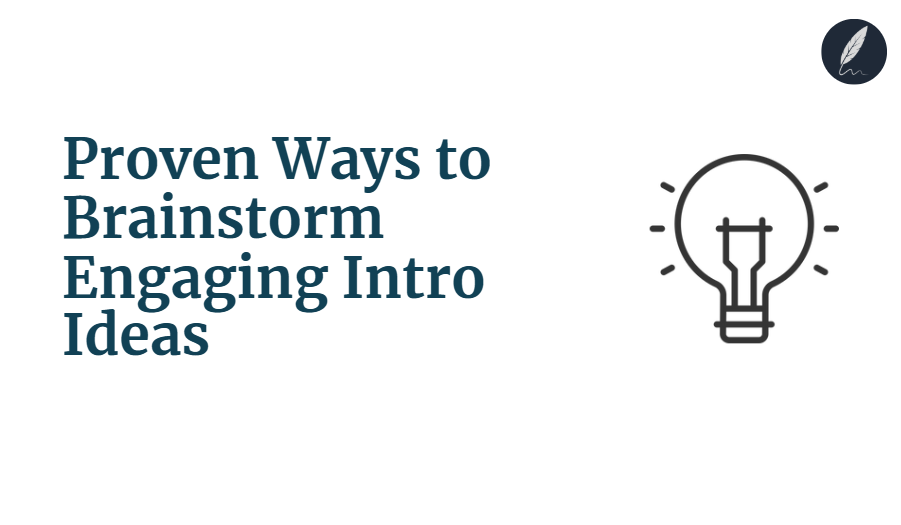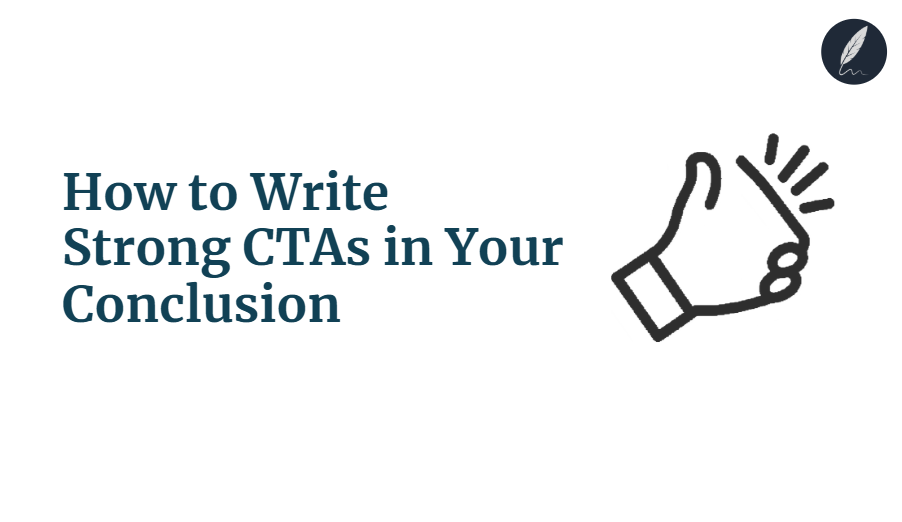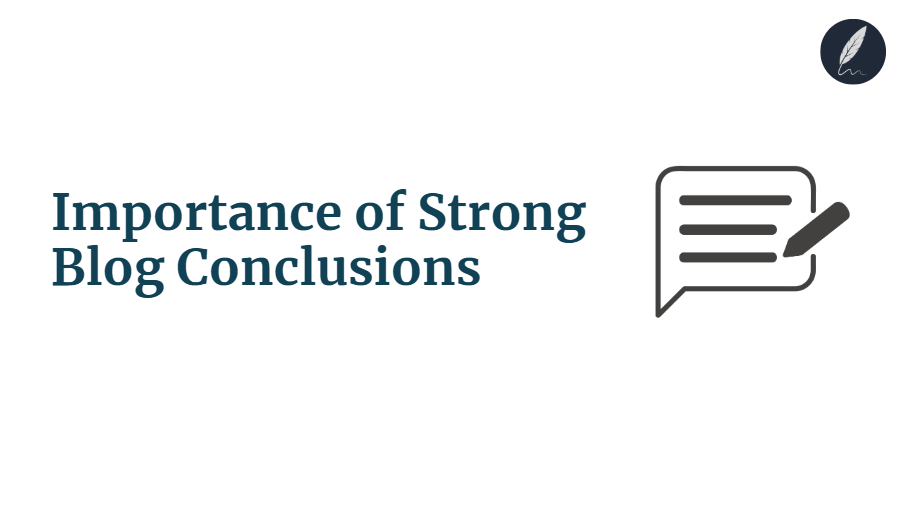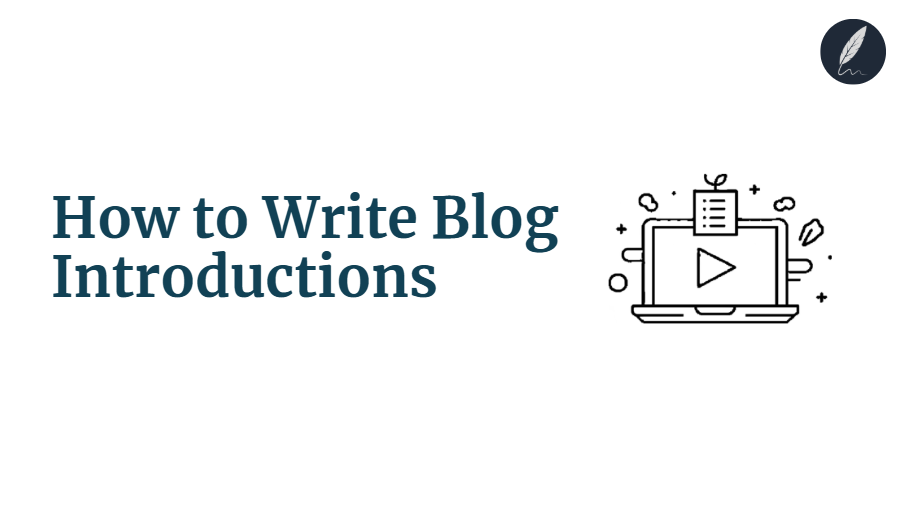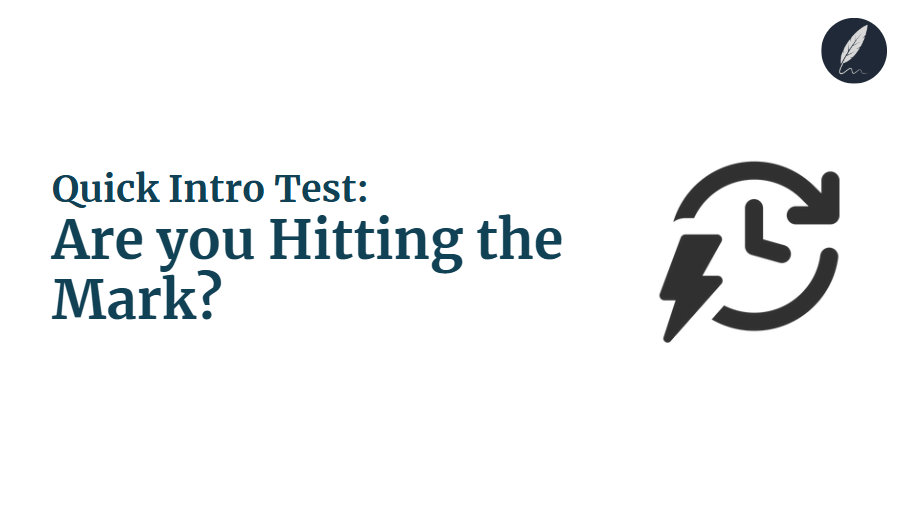Staring at a blank page, struggling to find the perfect opening sentence?
You’re not alone.
The journey from a great idea to a compelling article often stumbles at the very first step, crafting an introduction that truly captivates.
Without it, even the most brilliant insights risk going unread.
But what if you could effortlessly generate fresh, compelling brainstorming introduction ideas every time, transforming writer’s block into a wellspring of creativity?
This article is your guide to unlocking that potential. These simple methods will help you craft compelling introductions that grab attention and keep readers scrolling from the very first sentence.
Key Takeaways
- Freewrite Freely: Set a timer and write continuously without editing to unlock raw, creative ideas.
- Map Connections: Use visual mind mapping to discover unexpected angles and relationships between concepts.
- Work Backwards: Start with your conclusion, then craft an introduction that leads readers there purposefully.
- Ask Questions: Use who, what, when, where, why, and how to uncover your topic’s most compelling aspects.
- Know Your Reader: Tailor introductions to address your audience’s specific pain points and interests directly.
- Categorize Hooks: Experiment with different opening types like statistics, anecdotes, or bold statements for maximum impact.
6 Proven Techniques to Brainstorm Engaging Introduction Ideas
Having prepared your mindset and clarified your purpose, it’s time to confront the blank page head-on.
Overcoming the initial inertia often requires a strategic approach. Instead of waiting for inspiration to strike, actively employ proven introduction techniques to generate a wealth of brainstorming introduction ideas.
This section delves into six powerful methods, each designed to unlock your creativity and help you craft an opening that resonates with your readers from the very first word.
1. Freewriting Your Way In:
What it is: Freewriting is a spontaneous, continuous writing exercise where you put pen to paper (or fingers to keyboard) and write non-stop for a set period, without concern for grammar, spelling, or coherence.
Its power lies in bypassing your inner critic, allowing raw ideas and associations to flow freely.
This method is excellent for anyone struggling with how to write an introduction when faced with a mental block.
How to Apply:
- Set a Timer: Begin by setting a timer for a short, manageable duration, typically 5 to 10 minutes. This creates a sense of urgency and prevents overthinking.
- Start Writing: Without pausing, write down anything that comes to mind related to your topic. Don’t worry if it seems irrelevant, disjointed, or poorly phrased. The goal is quantity, not quality.
- Keep Moving: If you get stuck, write “I don’t know what to write” or repeat the last word until a new thought emerges. The key is to keep your fingers moving and avoid self-censorship.
- Explore Angles: Let your thoughts wander around your topic. You might explore a potential opening line, a core argument, a relevant anecdote, or even questions you have about the subject.
When it’s Effective: Freewriting is ideal for breaking through initial inertia, silencing the perfectionist voice, and discovering unexpected angles or buried insights that could form the foundation of a compelling opening. It’s particularly useful when you have a general topic but aren’t sure how to approach how to find an intro idea.
Actionable Insight: Once your timer buzzes, read through your freewriting. Look for compelling phrases, surprising statements, recurring themes, or core arguments that emerged from the unfiltered flow.
2. Mind Mapping and Word Association:
What it is: Mind mapping is a visual introduction technique that helps you organize thoughts and discover relationships between ideas.
It allows your brain to make non-linear connections, mimicking the natural flow of thought. Word association complements this by encouraging rapid connections to central concepts.
How to Apply:
- Central Topic: Write your main topic or keyword in the center of a large piece of paper or a digital canvas.
- Branch Out: Draw lines (branches) extending from your central topic. At the end of each branch, write down major sub-topics, keywords, or core aspects related to your main idea.
- Add Sub-Branches: From each of these main branches, create further sub-branches, adding more specific ideas, facts, questions, emotions, or associations. Think of anything that comes to mind when you see that keyword.
- Connect Ideas: Use lines or arrows to connect ideas across different branches if you see a relationship. This can reveal unexpected angles for your introduction.
When it’s Effective: Mind mapping is particularly powerful for complex topics where you need to explore various facets before settling on a strong opening. It’s a great visual aid for techniques for strong article intros, helping you see the bigger picture and how different elements could interlink in your introduction.
Actionable Insight: Don’t limit yourself, allow all ideas to flow. The visual connections you make on the map might spark a unique way to find an intro idea that you wouldn’t have discovered through linear thinking. Look for clusters of ideas, surprising juxtapositions, or particularly potent words that could serve as a hook.
3. The Reverse Outline:
What it is: The reverse outline is a strategic effective intro strategy where you determine your article’s conclusion or main takeaway first, then work backward to construct an introduction that logically and compellingly leads to that final point.
This ensures coherence and a strong, purposeful narrative arc.
How to Apply:
- Define Your Conclusion: Clearly articulate the primary message, call to action, or key takeaway you want your readers to grasp by the end of your article. What is the single most important thing they should remember?
- Identify Key Arguments: List the main arguments, pieces of evidence, or supporting information that you will present in the body of your article to support your conclusion.
- Brainstorm the Lead-In: With your conclusion and main points in mind, brainstorm how an introduction could:
- Hint at the overall solution or outcome.
- Introduce the problem that your conclusion solves.
- Pose the central question that your article answers.
- Set the stage for the arguments you will present.
When it’s Effective: This technique guarantees a logical flow and helps maintain coherence between your introduction and conclusion, making it an inherently effective intro strategy. It’s particularly useful for persuasive essays, research papers, or articles with a clear call to action.
Actionable Insight: The reverse outline forces you to consider the reader’s journey from start to finish. By knowing where you’re going, you can craft an introduction that builds anticipation and precisely guides the reader toward your intended destination, making your opening feel purposeful and impactful.
4. Asking Probing Questions:
What it is: This brainstorming introduction technique uses journalistic “Wh-” questions (Who, What, When, Where, Why, How) to drill down into the core of your topic.
By systematically answering these questions, you can uncover the most compelling and relevant aspects that deserve to be highlighted in your introduction.
How to Apply:
- List the “Wh-” Questions: Write down “Who, What, When, Where, Why, How” in relation to your topic.
- Answer Systematically: For your specific subject, brainstorm and briefly answer each question:
- Who is affected by this topic? Who is your audience?
- What is the core problem, concept, or event?
- When did this start? When is it relevant?
- Where does this problem or concept manifest?
- Why does this topic matter? What’s its significance?
- How does it work? How can it be solved or understood?
- Identify the Hook: Review your answers to find the most impactful, surprising, or intriguing point that could serve as your introduction’s hook. Perhaps the “Why” reveals a profound significance, or the “What” unveils a surprising fact.
When it’s Effective: This method is excellent for informative articles, reports, or persuasive essays where a clear problem, critical insight, or significant context needs to be introduced upfront. It helps you quickly identify the core message that your introduction needs to convey.
Actionable Insight: The most compelling question or answer often provides a direct entry point for brainstorming introduction ideas. For instance, an article about climate change might begin by answering “Why does it matter?” with a stark statistic, immediately gripping the reader.
5. Audience-First Brainstorming:
What it is: Audience-first brainstorming is a powerful effective intro strategy that involves tailoring your introduction specifically to your target audience’s pain points, aspirations, or existing knowledge. It’s about putting yourself in their shoes and asking: “What would make them care?”
How to Apply:
- Define Your Persona:
- If you haven’t already, create a brief, focused profile of your ideal reader. This goes beyond demographics to include their professional roles, daily challenges, goals, interests, and potential biases regarding your topic.
- Brainstorm Resonance Points:
- Pain Points: How can your introduction immediately address a problem or frustration your audience faces? (e.g., “Tired of writer’s block?”).
- Aspirations/Benefits: What desired outcome or benefit can you promise them from reading on? (e.g., “Unlock limitless creativity”).
- Existing Knowledge/Curiosity: What do they already know or what common misconceptions might they hold that you can leverage or challenge?
- Surprising Fact: What surprising fact or statistic related to their world could grab their attention?
When it’s Effective: This approach is crucial for marketing copy, blog posts, and any content designed to persuade or inform a specific group, making it highly applicable for creative ways to start a blog post. A finely tuned, audience-specific introduction builds an immediate connection and demonstrates empathy.
6. The ‘Hook’ Brainstorm:
What it is: This introduction techniques approach involves systematically exploring different established types of engaging openings, or “hooks,” to find the one that best suits your article’s tone, purpose, and content.
How to Apply:
- List Hook Categories: Familiarize yourself with common hook types. These are proven strategies to grab attention:
- Anecdote/Story: A brief, relevant personal or fictional narrative that illustrates your point.
- Surprising Statistic/Fact: A compelling piece of data that challenges assumptions or reveals a significant truth. For example, research suggests that articles with compelling intros can see significantly higher engagement rates, with some studies indicating that readers spend 37% more time on pages with well-crafted openings compared to those with weak ones.
- Rhetorical Question: A question designed to make the reader think, not necessarily to be answered immediately.
- Bold Statement/Controversy: A provocative claim or a statement that immediately sparks interest or challenges conventional wisdom.
- Quote: A relevant and impactful statement from a known figure, expert, or historical text.
- Problem-Solution: Directly stating a common problem and hinting at the solution your article provides.
- Brainstorm Ideas for Each Category: For your specific topic, generate at least one idea for each hook type.
When it’s Effective: This method provides a structured framework to ensure you explore a wide range of introduction techniques for maximum impact. It’s particularly useful when you have a good grasp of your topic but need help finding the perfect entry point.
Actionable Insight: Experiment with different hook types to see which best fits your article’s tone, purpose, and target audience. Sometimes, a surprising statistic works best, while other times, a compelling anecdote will capture attention more effectively. Don’t be afraid to mix and match or combine elements from different hook types.
Write smarter with Orwellix
The Orwellix AI Capabilities that helps you craft clearer, more effective content.
Conclusion
From the daunting blank page to a wealth of potential openings, we’ve journeyed through six powerful introduction techniques designed to spark your creativity and conquer writer’s block.
We’ve explored the unfiltered flow of freewriting, the visual connections of mind mapping, the logical precision of the reverse outline, the investigative depth of probing questions, the empathetic resonance of audience-first brainstorming introduction ideas, and the strategic categorization of effective hooks.
Each method offers a unique pathway to uncover compelling ways to begin your article, essay, or blog post.
The true power lies not in mastering a single technique, but in having a diverse arsenal at your disposal.
A strong, engaging start is far from an elusive dream, it’s an entirely attainable goal when approached with the right strategy and tools.
Whether you’re aiming for blog post introduction ideas or meticulously brainstorming hooks for essays, these effective intro strategies provide the framework you need.
Frequently Asked Questions (FAQ)
1. What if I still can’t think of anything after trying these techniques?
It’s completely normal to face persistent writer’s block. If the initial brainstorming introduction ideas don’t yield results, take a break, sometimes stepping away from the screen allows your subconscious to connect dots.
Try combining techniques, for example, freewriting for five minutes then mind mapping the key terms that emerged.
You could also discuss your topic with someone else to gain a fresh perspective, or try working on a different section of your article first.
2. How do I choose the best brainstorming technique for my specific article?
The most effective brainstorming technique depends on your topic, writing goal, and personal style.
For broad or complex subjects, Mind Mapping can help visualize connections.
If you’re struggling to start at all, Freewriting is excellent for overcoming inertia. When writing persuasive or problem-solving content, Asking Probing Questions or Audience-First Brainstorming will ensure your introduction directly addresses reader needs.
Experiment with different introduction techniques to find what works best for each project, often, a combination of approaches yields the strongest effective intro strategy.
3. How long should an introduction be for different types of content?
The ideal length of an introduction varies significantly based on the content type and audience.
For a typical blog post or short article, a concise introduction of 2-4 sentences (50-100 words) is often sufficient to grab attention. For longer essays or academic papers, introductions can be more substantial, sometimes 5-8 sentences or more (100-200 words), providing necessary context, background, and thesis statements.
Technical reports might require even longer introductions to fully set the stage. The key is to be as concise as possible while still achieving its purpose of hooking the reader and setting expectations, regardless of the techniques for strong article intros you employ.
4. Is it okay to change my introduction multiple times during drafting?
Absolutely!
Changing your introduction multiple times during drafting is not only okay but often highly recommended.
An introduction serves as a promise to your reader, and as your article develops, that promise might need refinement to accurately reflect the final content.
Join 10,000+ Professionals
Unlock your potential with Orwellix. Experience advanced features and tools designed to enhance your writing and productivity.
Get Started with Orwellix